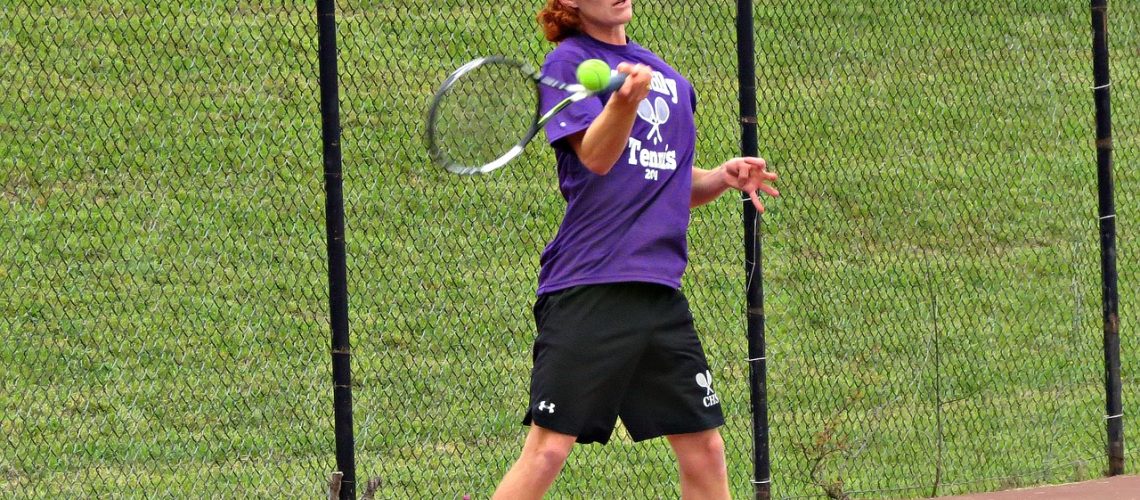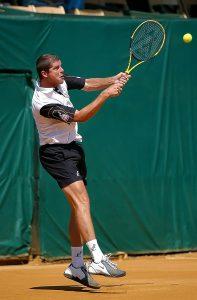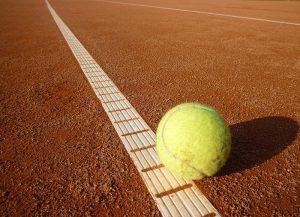We may earn money or products from the companies mentioned in this post.
Introduction
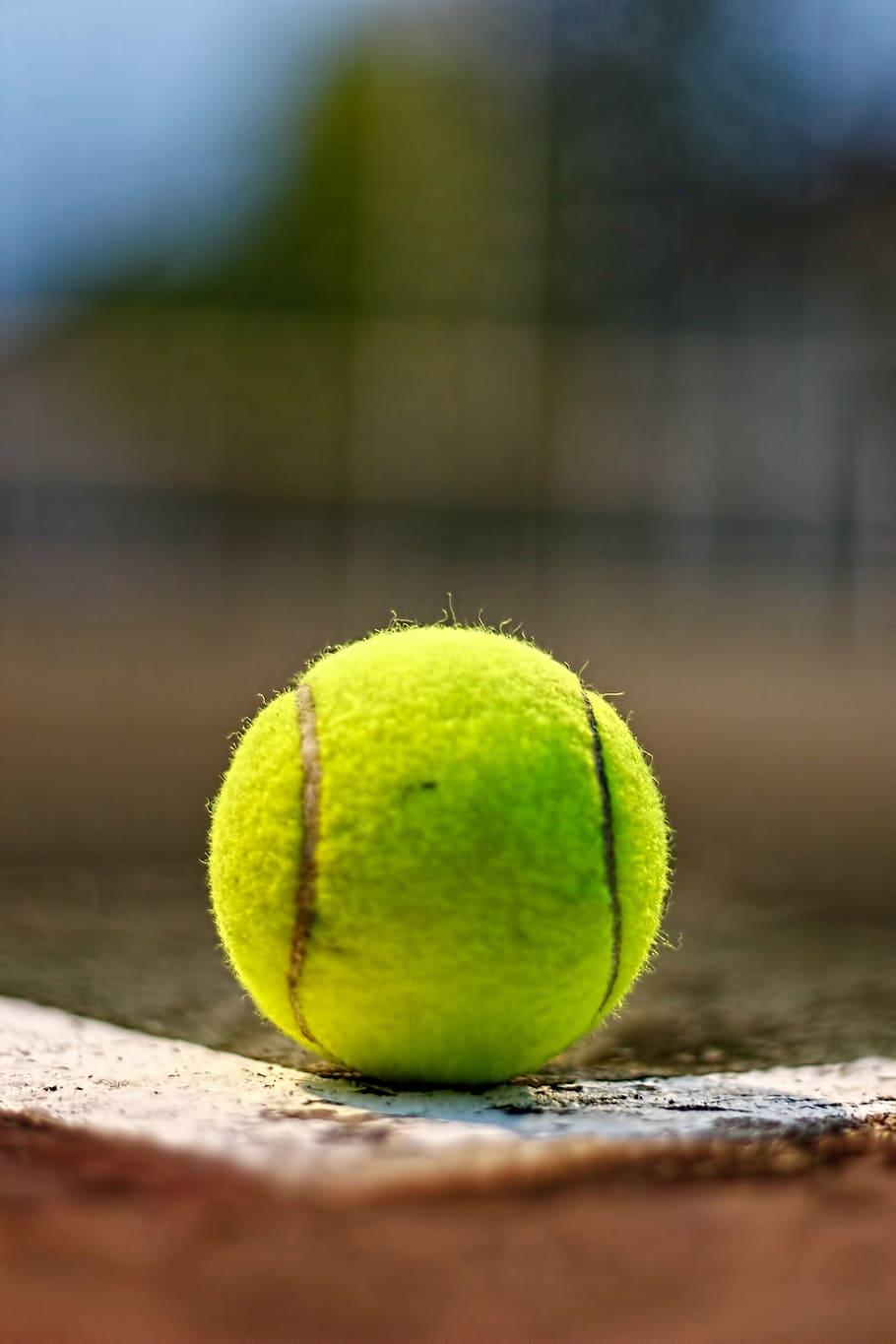
Tennis, a sport loved by millions around the world, has a fascinating history that dates back centuries And at the heart of this thrilling game lies a small but essential component: the tennis ball In this article, we will explore the origins and evolution of tennis balls, as well as discuss the importance of choosing the right one for optimal performance and injury prevention
Brief history of tennis balls
The journey of tennis balls began long ago, with ancient versions resembling leather-wrapped rocks or even human skulls! Over time, these primitive forms evolved into more refined designs By the 16th century in Europe, they were made from materials such as wool wrapped in cloth or animal bladders filled with air
However, it wasn’t until the early 19th century that major milestones in tennis ball development occurred The introduction of vulcanized rubber revolutionized the game and paved the way for modern tennis balls This innovation led to increased durability and consistency in bounce, making tennis more accessible and enjoyable for players
Importance of choosing the right tennis ball
Selecting the right tennis ball is crucial for players looking to enhance their performance and skill level on the court A well-suited ball can greatly impact how shots are executed and received during a match
1 Enhancing performance and skill level:
The characteristics of a tennis ball play a vital role in determining its suitability for different playing conditions and player preferences Factors such as felt texture, compression level, and bounce height can significantly influence shot control, spin generation, power transfer, and overall playability By carefully considering these factors when choosing a ball, players can optimize their performance on various surfaces like clay or grass courts
2 Reducing injury risk:
Using the right tennis ball can also contribute to reducing the risk of injuries Balls that are too heavy or lack proper bounce can strain muscles and joints, potentially leading to overuse injuries Conversely, balls that provide optimal bounce and feel allow players to engage in longer rallies without undue stress on their bodies
So, whether you’re a recreational player or a professional athlete, understanding the history and importance of tennis balls is essential for maximizing your enjoyment of the game while optimizing your performance and minimizing injury risk
Types of Tennis Balls
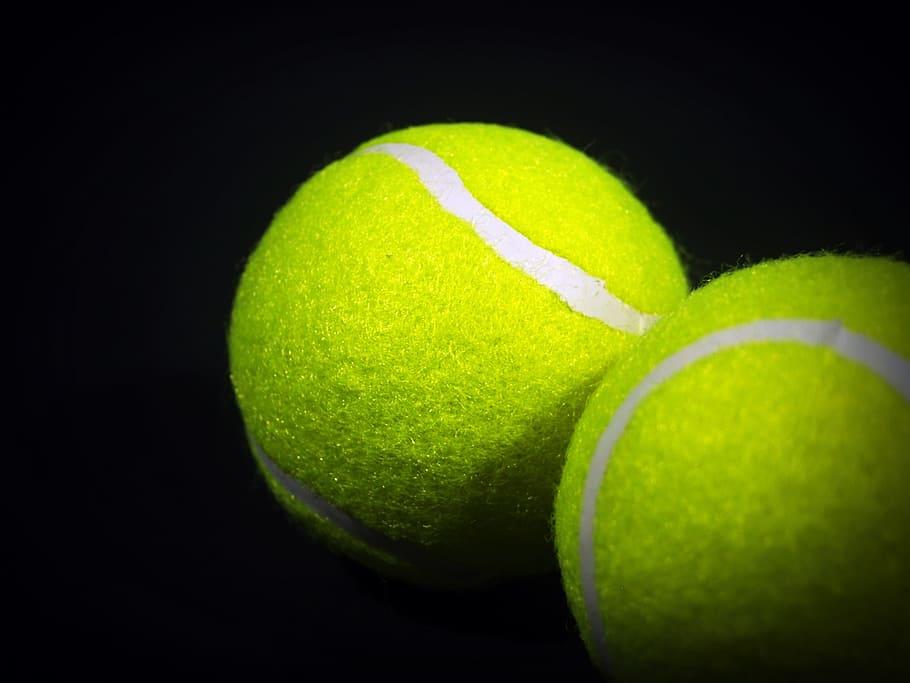
In the world of tennis, there are various types of balls that players use depending on their needs and playing conditions Understanding the differences between these balls can significantly impact a player’s performance on the court Let’s explore the two main categories of tennis balls: pressurized and non-pressurized
Pressurized vs Non-Pressurized Balls
Tennis balls come in either pressurized or non-pressurized forms, each with its own unique characteristics The composition and construction of these balls play a crucial role in determining their performance
1 Composition and Construction:
Pressurized tennis balls have a hollow rubber core filled with air under pressure This pressurization helps maintain the ball’s consistency and bounce during gameplay On the other hand, non-pressurized balls are solid throughout, without any internal air pressure
a) Rubber Core:
The rubber core is an essential component of both pressurized and non-pressurized tennis balls In pressurized balls, it ensures that the internal pressure remains intact, while in non-pressurized balls, it provides consistent density throughout
b) Felt Covering:
Both types of tennis balls feature a felt covering made from nylon or wool blends This fuzzy outer layer not only enhances grip but also provides durability and control during play
2 Differences in Bounce, Spin, and Durability:
The distinction between pressurized and non-pressurized tennis balls lies primarily in their performance characteristics
Pressurized balls offer greater bounce due to the compressed air inside them They also tend to produce more spin and have a livelier feel during gameplay However, pressurized balls have a shorter lifespan as the internal pressure gradually decreases over time
Non-pressurized balls, on the other hand, offer a consistent bounce and are less affected by changes in altitude or temperature These balls are known for their durability and longevity, making them ideal for recreational players or those who prefer a more controlled game
Regular-Duty, Extra-Duty, and High-Altitude Balls
In addition to the pressurized vs non-pressurized classification, tennis balls can also be categorized based on specific playing conditions
1 Surface-Specific Considerations:
Depending on the type of court surface (clay, grass, or hard courts), tennis balls need to adapt to provide optimal performance
a) Playing on clay courts requires regular-duty balls that have less felt covering This allows them to grip the clay surface better and create more spin during shots
b) Grass courts demand extra-duty balls with additional felt covering The longer grass surface necessitates more durable balls that can withstand wear and tear while maintaining consistent playability
c) Hard courts generally suit both regular-duty and extra-duty balls depending on personal preference Players may choose based on desired ball speed and durability factors
2 Adapting to Different Altitudes:
Tennis players competing at higher altitudes face unique challenges due to lower air density impacting ball flight characteristics
To compensate for this, high-altitude-specific tennis balls are designed with slightly reduced internal pressure compared to standard pressurized balls This adjustment helps maintain proper ball compression and ensures consistent performance even at higher elevations
Understanding the various types of tennis balls and their suitability to different conditions can greatly enhance a player’s game Whether it’s the choice between pressurized and non-pressurized balls or selecting the right ball for specific playing surfaces or altitudes, having this knowledge allows players to adapt and perform at their best on the court
Criteria for Choosing the Best Tennis Ball

When it comes to selecting the perfect tennis ball, there are several important factors to consider Evaluating your playing style and level of expertise is a great starting point Are you a beginner, intermediate, or advanced player? This will help determine the type of ball that best suits your needs
1 Playing Style and Expertise
To narrow down your options, consider whether you prioritize spin control, power hitting, or if you’re an all-court player who requires versatility in their game Different balls offer varying levels of bounce and responsiveness depending on these factors
2 Court Surface Type
The type of court surface you play on also plays a crucial role in choosing the right tennis ball For clay or indoor courts, regular-duty felt balls are recommended as they provide optimal performance on these surfaces On the other hand, hard courts require extra-duty felt balls that can withstand the rougher surface without losing their integrity
If you often find yourself playing at high-altitude locations, special high-altitude balls are available to compensate for the thinner air and maintain consistent playability
3 Durability Concerns
Durability is another important consideration when choosing tennis balls Pressurized balls offer better initial performance with greater bounce and feel but tend to lose their pressure faster, resulting in a shorter lifespan
If longevity is a priority for you, non-pressurized balls may be a better choice as they maintain consistent performance over time without losing their bounce
4 Price vs Quality Trade-offs
Last but not least, consider your budget and weigh it against the quality of tennis balls available Higher-quality balls may come at a higher price, but they often offer superior performance and durability However, there are also affordable options that provide satisfactory results for recreational players
By taking into account your playing style, court surface type, durability concerns, and price range, you can make an informed decision when it comes to choosing the best tennis ball for your needs Keep these factors in mind and enjoy a game filled with optimal performance and enjoyment
Top Tennis Ball Brands & Specific Models

When it comes to tennis, having the right ball can make all the difference in your game With a wide range of brands and specific models available, choosing the best tennis ball for your needs can be a daunting task In this article, we will explore some of the top tennis ball brands and their specific models that are highly regarded among players
Wilson
Wilson is a well-established name in the world of tennis, known for producing high-quality equipment Their US Open Extra Duty/Regular Duty/High Altitude balls are popular choices among both recreational and professional players The Extra Duty variant is designed for outdoor use on hard courts, while the Regular Duty version is more suitable for indoor or clay court surfaces The High Altitude model is specifically engineered to perform at higher altitudes where atmospheric pressure affects ball flight
The Championship Extra Duty/Regular Duty balls from Wilson are also widely acclaimed These balls offer excellent durability and consistent bounce, making them ideal for intense gameplay
Penn
Penn is another trusted brand that has been producing top-notch tennis balls for decades Their Pro Penn Marathon Extra Duty/Regular Duty balls are designed to deliver exceptional performance on all court surfaces The Marathon series stands out with its long-lasting durability, ensuring that you can enjoy extended playtime without worrying about replacing worn-out balls
The Tour Extra Duty/Regular Duty balls from Penn are also worth considering Known for their consistent bounce and reliable performance, these balls have gained popularity among competitive players worldwide
Dunlop
Dunlop has earned its reputation as a leading tennis ball manufacturer by consistently delivering high-quality products loved by professionals and amateurs alike Their Grand Prix Extra Duty/Regular Duty/High Altitude balls are designed to meet the demands of players in various playing conditions These balls provide excellent durability, consistency, and control
The Fort All Court balls from Dunlop are another great option With their versatile design, they perform well on a wide range of court surfaces and offer a good balance between durability and playability
Babolat
Babolat is a brand that has gained recognition for its innovative tennis equipment, and their tennis balls are no exception The Roland Garros All Court balls are designed specifically for clay court surfaces, offering optimal spin and control Meanwhile, the Gold All Court balls are suitable for all court types and deliver consistent performance with enhanced durability
Tecnifibre
Tecnifibre may be a relatively newer player in the market, but they have quickly made a name for themselves with their high-quality tennis balls The X-One Extra Duty/Regular Duty balls from Tecnifibre offer exceptional durability and consistent performance even after hours of intense play
Another noteworthy option from Tecnifibre is their Championship Extra Duty/Regular Duty balls Designed to meet the needs of demanding players, these balls provide excellent responsiveness and longevity
Conclusion

After considering various factors, it becomes clear that choosing the best tennis ball is not a one-size-fits-all decision It involves several key factors that should be taken into account
Summary of Key Factors in Choosing the Best Tennis Ball
The type of court you play on, your playing style, and the level of play are important considerations when selecting a tennis ball For hard courts, a durable ball with strong felt might be more suitable, while softer courts may require a less aggressive ball to avoid excessive bounce Additionally, players with powerful shots may prefer balls with higher compression for better control
Importance of Personal Preferences and Needs
Your personal preferences and needs should also play a significant role in your choice of tennis balls Are you looking for more spin or additional speed? Do you prioritize durability over performance? Considering these factors can help narrow down your options and ensure you find the right tennis ball that suits your game
Encouragement to Try Different Types and Brands
Lastly, don’t be afraid to experiment with different types and brands of tennis balls Each brand offers unique characteristics that can enhance your playing experience Trying out various options will give you valuable insights into which balls work best for you and allow you to discover new favorites along the way
In conclusion, selecting the best tennis ball requires careful consideration of court type, playing style, personal preferences, and experimentation with different brands By taking all these factors into account, you’ll be able to find a tennis ball that maximizes your performance and enhances your enjoyment on the court
Useful Links
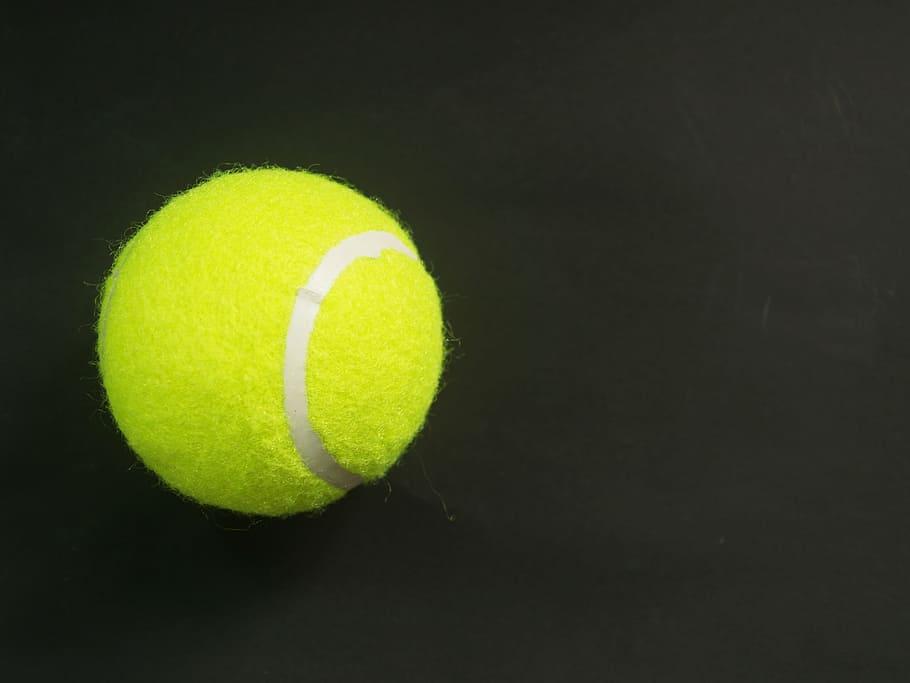
Which Dunlop Tennis Ball is the Best? – YouTube
THE BEST TENNIS BALLS – YouTube
Best Tennis Balls For Different Surfaces 2023
7 Best Tennis Balls For Practice
Which Tennis Ball Brand Tops Them All?
The Best Tennis Balls For Different Surfaces, Value …
11 Best Tennis Ball Hoppers In 2023 And Buying Guide
5 Best Tennis Balls For Practice (2023) – A Complete Guide
How to Choose the Best Tennis Ball?
Which is the Best Tennis Ball in 2023?
How To Choose Tennis Balls – The Ultimate Guide
What kind of tennis ball is the best?
UPDATED – The Best Platform Tennis Balls: Ranked
Best Selling Tennis Balls
Best tennis balls?
What tennis balls should you use?
7 Best Tennis Balls For Practice, According To Reviews
6 Best dog tennis balls for games of fetch (30+ Reviewed)
Best Tennis Ball Machines
Best tennis balls? : r/tennis

